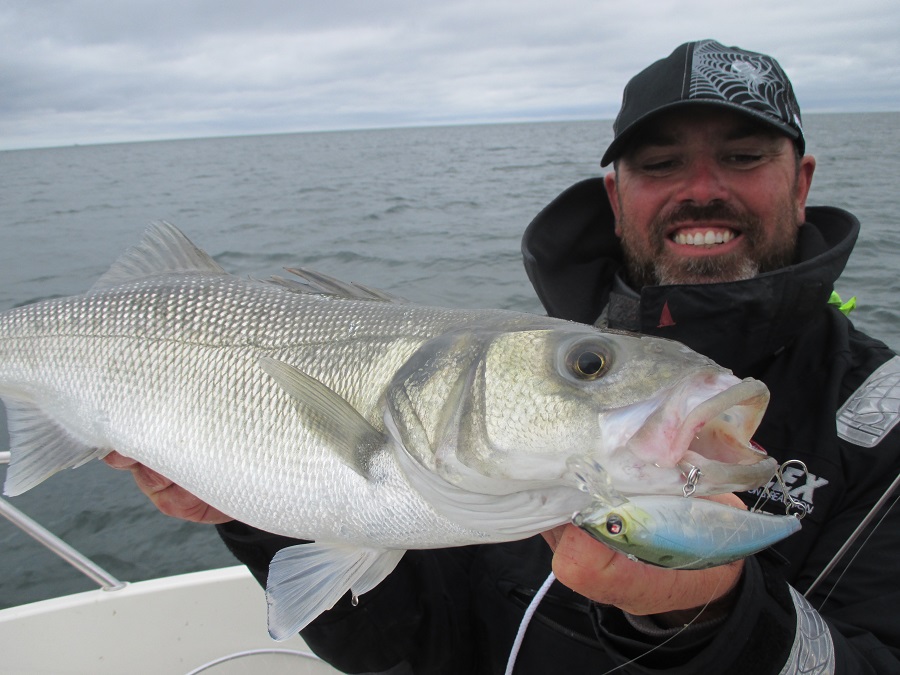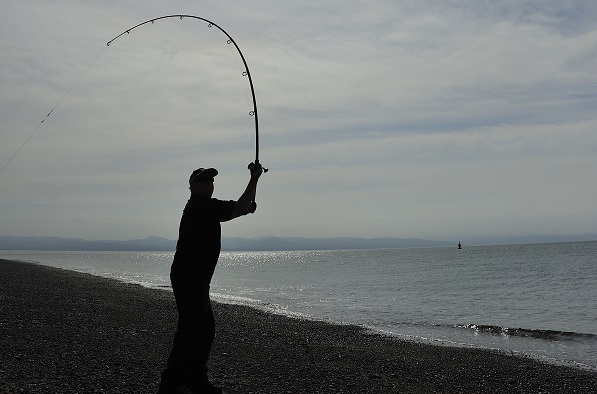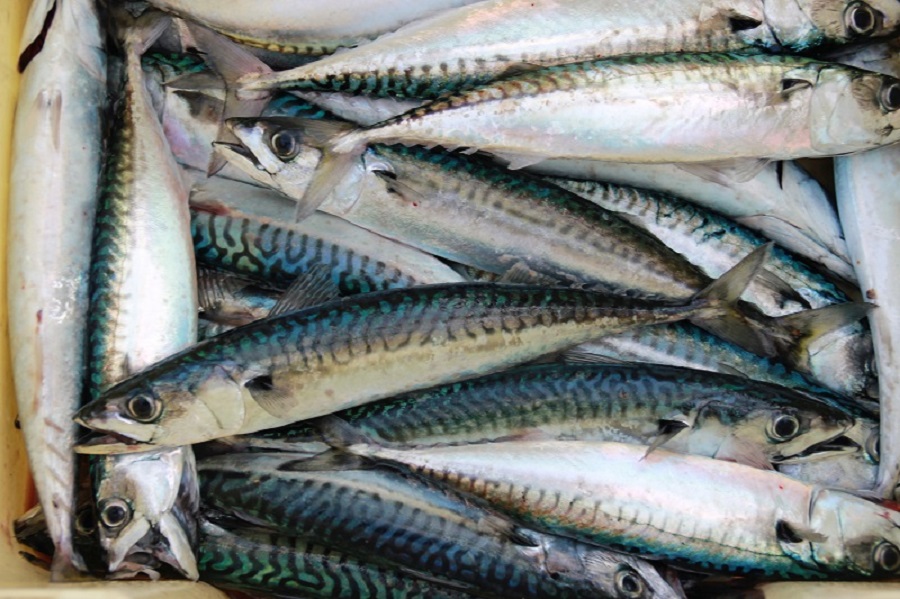Understand how these predators tend to feed and you will have the information required to boost your catches.
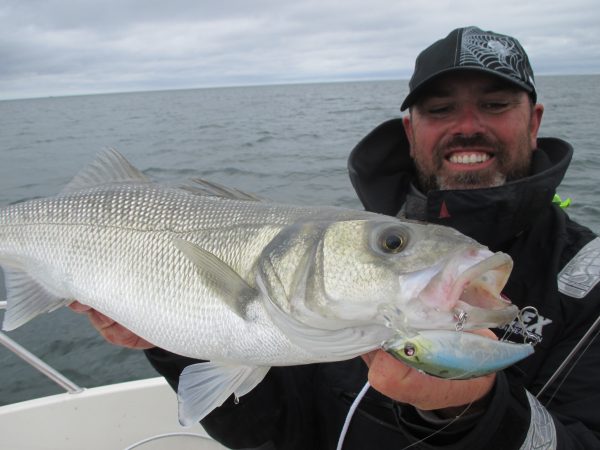
Of course, we all know what bass eat – or do we? They will, in truth, consume almost anything, including waste thrown in the water and any creature small enough to devour. They’ve been known to gulp down dog biscuits and bread intended for mullet, and anglers have found chicken bones, and even a mole, in the stomach of captured bass. However, the usual contents of bass stomachs are hard crabs and various small fish. The exact nature of the food varies from place to place, so crabs will generally be shore crabs or several species of swimmers, and the fish can be anything from pipefish to pollack, and mackerel to megrim. Hard crabs take much longer to digest than fish, so they are over-represented in bass guts and, in fact, live fish are by far the commonest prey. In other words, bass are largely piscivorous (fish-eaters). Like most fish-eaters, bass have to be opportunists and will take whatever is readily available. In early life they tend to prey on a wide range of small animals, but, as they grow larger, it is not long before fish are top of the menu.
HUNTING IN SCHOOLS
The nature of attacks by bass is likely to vary from lunges from the cover of rocks or weed, to full-out chases and all combinations of the two. Bass tend to travel and feed in schools, with the number of fish in a group diminishing as the fish grow larger. Studies on freshwater perch, another schooling fish-eater, have shown that attacks by groups of fish are more effective than when fish go solo. Hunting in schools probably means that they find prey fish more often, but have to put up with losing occasional meals to other members of the shoal. Many predators spawn earlier than other fishes, so they have the advantage of eating young fish spawned later in the same year; this pattern has been observed in largemouth bass and pike. Among marine fish, it is likely to be the same situation, but it’s much more difficult to establish the timing of predator and prey spawning. If prey fish are late hatching due to cold weather, young bass may starve or their growth can be reduced. Bass, like most predators, are larger than their prey (although they can cope with fairly big meals at times) and the size of the gaping mouth sets important limits on what they can eat.
FEEDING FACTORS
What does a bass have to do to get itself a meal? Well, it has to search for it, find it, chase it, catch it, subdue it and, lastly, swallow it. This means the prey has several chances to avoid being devoured. First, they can hide away, either in cover or by using camouflage. Remaining still is always a good option because a moving prey is easier to pick out and can be located by means of flash or vibration – both detectable at some distance. Interestingly, species that ambush their meals tend to take bigger prey than those which get involved in a chase. Once they’ve located their victim, bass are only likely to succeed in less than half their attacks.
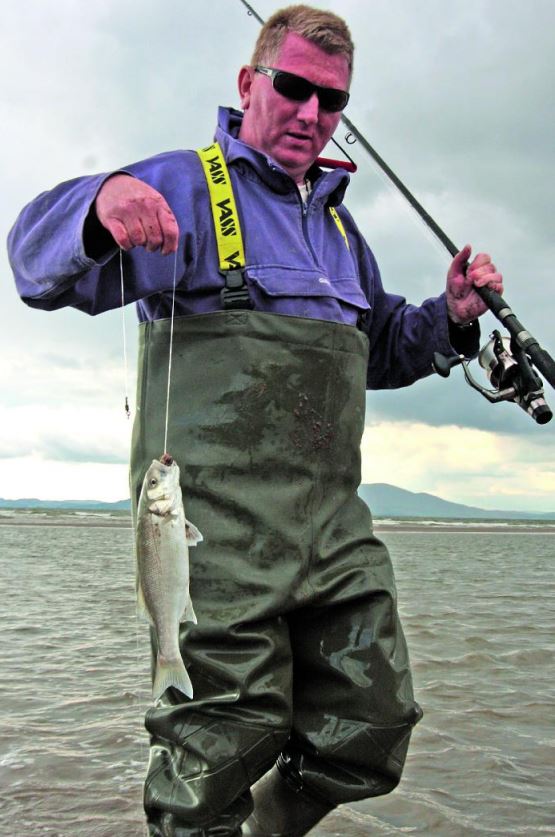
Using Small Baits Will Attract Small Bass/Schoolies
Some types of fish will be easier to catch than others, but, as a rule, smaller bass will be less successful at catching larger prey fish. The time taken to subdue and swallow a victim once it has been caught will depend on similar factors. Time wasted in dealing with extra large or particularly awkward (spiny, slippery, wriggling) prey may not be worth the effort if it means that the bass could be munching one or two easier meals instead. In other words, there is often an ideal size of fish to hunt that allows the predator to make the most of its chances. Too small and it’s not worth the effort, too big and it’s a waste of time. If there is lots of prey and the fish are easy to find, then it won’t matter too much if one or two avoid capture or twist free from the jaws. Bass, like any sensible predator, will always try to dine where prey is most abundant and where the feeding is most profitable. These fish soon get the message when there is a high concentration of prey, such as the seasonal shoaling of sandeels, whitebait or mackerel, and they will gather quickly to feed on them. These are times when anglers can have red letter days. Of course, it’s possible that bass have to take pot luck by simply eating any fish they can find and, like many predators, have an eye to the main chance. Experiments with freshwater pike, for example, show that they prefer smooth-skinned shad to prickly sunfish. Even the fierce bluefish can be picky feeders. Bass can be just as selective and will quickly switch to the easy option. Quite often they will ‘get their eye in’ and select only a particular prey type from the range available; this is specialist feeding, and bass can specialise with the best of them.
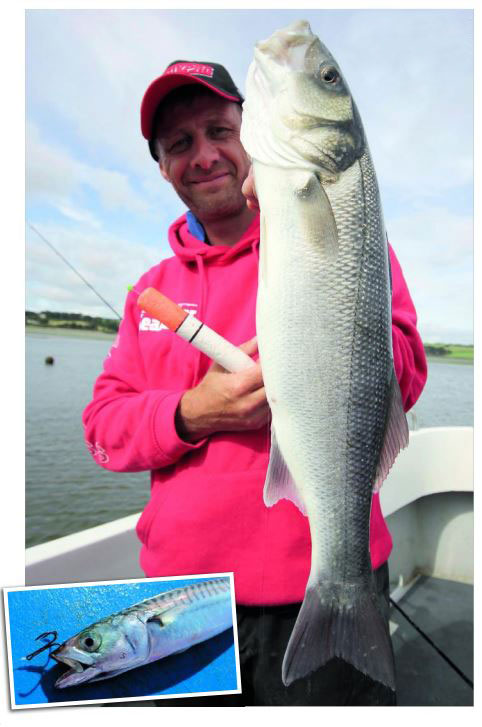
Bigger predators will, on average, eat larger
prey, like a whole mackerel
SURPRISING
What is more surprising is that fish-eaters, such as bass, will often be even fussier about the size of prey than about the species. A scientific review of this subject showed that many predatory sea fish regularly eat prey smaller than the size they ‘ought’ to prefer. This is almost certainly due to the fact that, given the space and somewhere to hide, the larger specimens of prey fish are better at escaping, while their smaller cousins are still naive and easy to catch. In other words it might be the escape abilities of the sandeel rather than the capture capabilities of the bass that govern what fills the predator’s belly. Of course larger bass generally tend to take bigger prey than their smaller relatives do. Scientists have shown that, beyond doubt, bigger predators will, on average, eat larger prey and will also have a bigger maximum prey size. Of course, even monster bass will fill up on the smallest fish available if necessary. As I’ve said, the maximum size of prey devoured is limited largely by predator gape (mouth) size and throat width. Bass, like many other fish-eaters, tend to sideswipe prey before swallowing them head first. It never ceases to amaze me how individual bass can cope with huge baits, if they can get hold of it. What does all this mean when it comes to catching yourself a big bass? If you are happy to land lots of schoolies, it is probably best to stick to small lures that resemble what they normally feed on. If you would like to feel something a bit bigger pulling your string, you would be advised to try a larger bait or lure, preferably something that moves about quite slowly, flashes and gives off vibrations, while still being easy for the big bass to catch.
If you require any more information on bass fishing, please don’t hesitate to contact the Angling Active team. We are more than happy to help.


